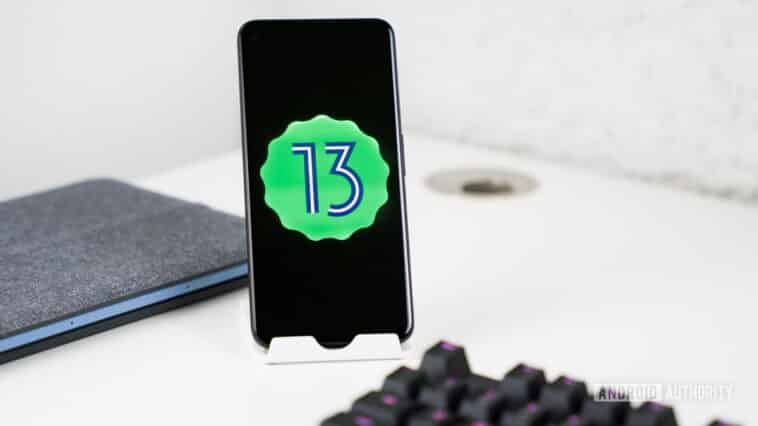It feels like it was only yesterday when Google released its Android 12 version. The android users are still adjusting to the new OS that Android 12 introduced. Despite the lack of popularity of Android 12, Google’s development cycle has called for a new Android 13 to be released in 2022. People got to have a look at the Android 13 in February 2022. Google releases all its information on the new prototype at its annual developer conference. Android 13’s e-Sim will allow two carriers at once, as reported by the sources, along with many other features.
According to the leaks that people have got about Android 13, the users will have more control over Android 13’s flashlight. Another feature will allow the notifications to be dragged onto the display in split-screen mode. Other than these changes, there are also visual modifications in Android 13. The new media player and output picker follow an aesthetic design. Like all the latest phone series, the recent Android models follow an e-Sim model. The e-Sim allows users to activate an additional cellular plan data without using any new physical sim. E-Sim itself is a new feature for the phones. An e-Sim is like a digital replacement for the physical sim card.
Unlike their physical counterpart, the e-Sims can be programmed and reprogrammed as per need. An e-Sim bypasses many restrictions of a normal physical sim card. It doesn’t need to be removed to switch to a new carrier. Users can also switch to different networks if the need arises.
The Time Has Come To Say Goodbye To Saturn
Following the development of Android 13, the model carries a brand new feature of the e-Sim. The Android users have to scan the QR codes to switch carriers. A user can then connect to his or her wireless service provider. To switch a carrier, the user has to obtain a new QR code from the new carrier. In the case of Android 13, Google is working on enhancing the features of e-Sim in the model. The tech giant is working to develop dual sim capabilities on handsets running on Android 13 with a single e-Sim. It will remove the restriction of e-Sim where only one subscriber line can be active at a time. Google has developed a feature called MEP (multiple enabled profile) that would allow one e-Sim to connect to two carriers at once. The tech giant has already gotten a patent for this technology in 2020.
There are many positive implications of a single e-Sim card supporting two carriers at once. Manufacturers will see a reduced cost of materials that are needed to assemble Android 13. It will also free up internal space, leaving room for additional hardware or even a larger battery. In the future, Google could use the same MEP patent for IOS, Windows, and macOS.





